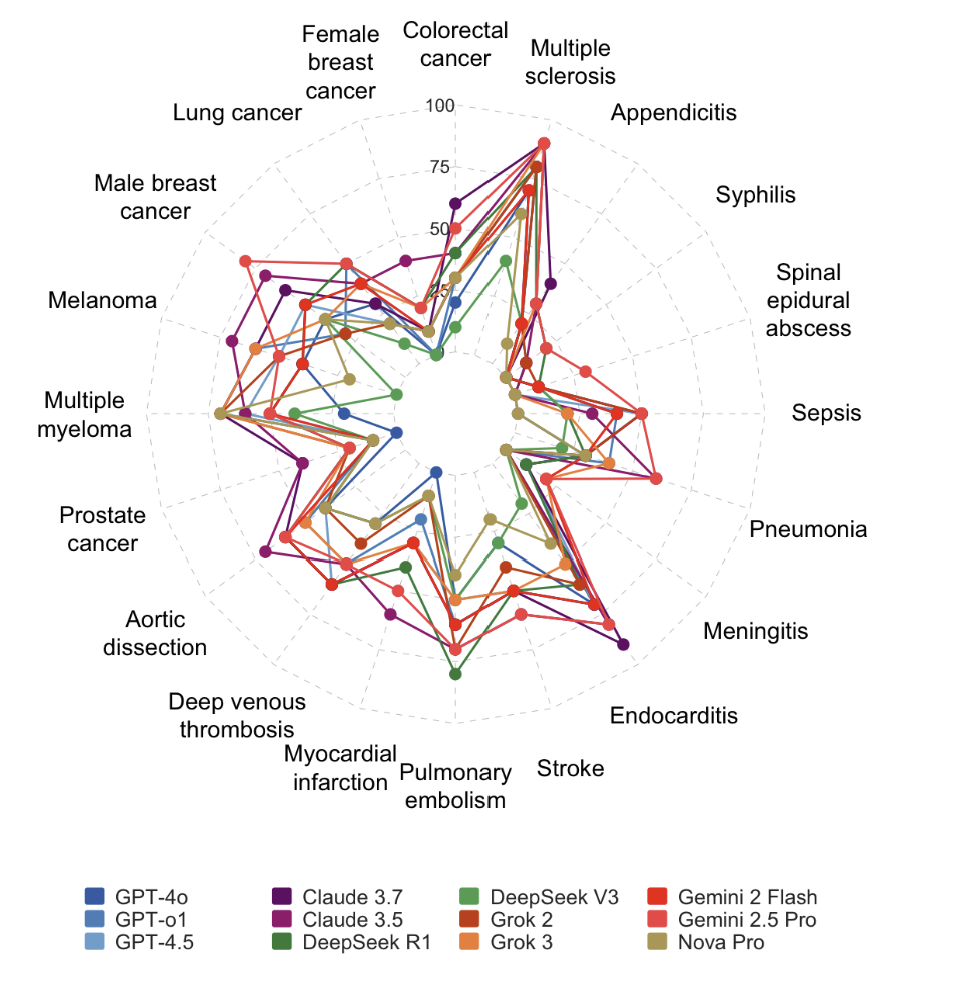The Transformer architecture gave us the ability to train massive NLP models. But training these models from scratch requires immense computational resources and vast amounts of data. This is where Transfer Learning comes in. The idea is simple: take a model that has been pre-trained on a massive dataset, and then fine-tune it for your specific, smaller task.
BERT (Bidirectional Encoder Representations from Transformers), released by Google in 2018, is a perfect example of this. It’s a Transformer-based model pre-trained on a huge corpus of text (like the entirety of Wikipedia and the Google Books corpus). Its key innovation was learning to understand the context of a word by looking at both the words that come before it and the words that come after it—hence, “bidirectional.”
How BERT Learns: The Pre-training Tasks
BERT’s deep understanding of language comes from two clever, unsupervised pre-training tasks:
- Masked Language Model (MLM): During training, 15% of the words in a sentence are randomly hidden, or “masked.” BERT’s job is to predict these masked words. Because it can see the entire sentence (both left and right context), it learns a much deeper sense of how language works than previous models that only looked at the left context.
- Example:
My dog is [MASK].-> BERT predictshappy,hairy,barking, etc.
- Example:
- Next Sentence Prediction (NSP): BERT is given two sentences, A and B, and has to predict whether sentence B is the actual sentence that follows sentence A in the original text, or if it’s just a random sentence. This teaches BERT to understand the relationships between sentences.
Fine-Tuning BERT for Your Task
Once pre-trained, BERT is a powerhouse of linguistic knowledge. We can then take this pre-trained model and fine-tune it for a specific downstream task, such as:
- Sentiment Analysis: Classifying a movie review as positive or negative.
- Question Answering: Given a passage of text, find the answer to a question.
- Named Entity Recognition: Identifying names, places, and organizations in a text.
Fine-tuning involves adding a small, task-specific output layer to the end of the BERT model and then training this new, combined model on a much smaller, labeled dataset. Since BERT has already learned the nuances of language, this fine-tuning process is much faster and more data-efficient than training a model from scratch.
Using a Pre-trained BERT Model with Hugging Face
The Hugging Face transformers library makes it incredibly easy to use pre-trained models like BERT. Here’s a conceptual example of how you would use it for a classification task.
import torch
from transformers import BertTokenizer, BertForSequenceClassification
# --- 1. Load Pre-trained Model and Tokenizer ---
# The tokenizer converts raw text into the specific input format BERT requires.
tokenizer = BertTokenizer.from_pretrained('bert-base-uncased')
# BertForSequenceClassification includes the pre-trained BERT model with a
# sequence classification head on top.
model = BertForSequenceClassification.from_pretrained('bert-base-uncased')
# --- 2. Prepare Your Input Data ---
text = "Here is some text to classify."
# Tokenize the text, adding the special [CLS] and [SEP] tokens that BERT uses.
# It also returns attention masks to specify which tokens should be attended to.
inputs = tokenizer(text, return_tensors="pt")
# --- 3. Get Predictions ---
# In a real scenario, you would fine-tune the model on your labeled data first.
# Here, we just do a forward pass with the pre-trained weights.
with torch.no_grad():
outputs = model(**inputs)
# The output contains the logits (raw prediction scores) for each class.
logits = outputs.logits
print("Logits:", logits)
# To get probabilities, you can apply a softmax function.
probabilities = torch.nn.functional.softmax(logits, dim=-1)
print("Probabilities:", probabilities)
# The predicted class is the one with the highest probability.
predicted_class_id = torch.argmax(logits).item()
print("Predicted Class ID:", predicted_class_id)
# You would map this ID back to your actual class label (e.g., 'positive', 'negative').What the Code Does
- Load Model: We load the
bert-base-uncasedmodel and its correspondingtokenizerfrom the Hugging Face Hub.BertForSequenceClassificationis a convenient class that already has a classification layer added. - Tokenize: The
tokenizerprepares the text for BERT. It converts words to IDs, adds special tokens like[CLS](for classification) and[SEP](to separate sentences), and creates anattention_maskso the model doesn’t pay attention to padding tokens. - Inference: We pass the prepared inputs to the model. In a real application, you would run a training loop on your own data to fine-tune the model’s weights before this step. The model outputs
logits, which are the raw scores for each possible class.
Conclusion
BERT and the concept of transfer learning marked a pivotal moment in the history of NLP. By pre-training a powerful, bidirectional model on a massive dataset, researchers created a general-purpose language tool that could be adapted to a wide range of tasks with relatively little effort. This approach democratized access to state-of-the-art NLP, as not everyone needs to train a model from scratch anymore. It set the stage for the even larger and more powerful generative models that would follow.








